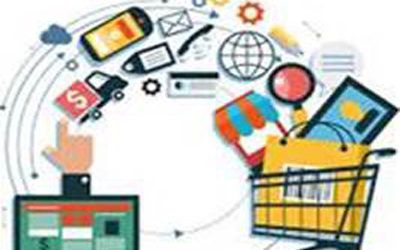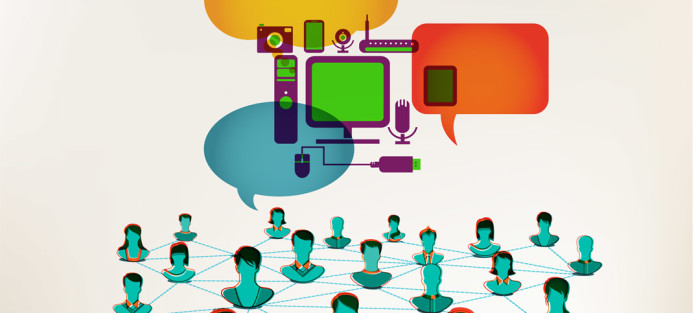We live in a world dominated by the connected customer, shoppers empowered by the mobile revolution. Richard Marshall considers the customer expectations wholesalers face in an ‘omni-channel’ landscape
I recently came across yet more buzzwords to add to the huge number now used in today’s trading environment, where mobile communications have transformed the commercial landscape.
It made me think that before I go delving into the opportunities and challenges for wholesalers, I should really clarify two existing buzzwords – ‘multi-channel’ and ‘omni-channel’ – and how they differ, as there seems to be a tendency to confuse the two.
It’s actually pretty straightforward. Quite clearly multi-channel is about selling through a number of different channels – from stores and depots, through telesales or sales reps, to websites and mobile apps. Omni-channel is about a holistic view across all those channels – for both customers and suppliers. It’s what turns multi-channel into a truly deliverable service.
Wholesale has traditionally taken cues from retail in adopting new technologies, and now wholesalers, like retailers, have new opportunities – accompanied, of course, by new challenges.
Customers have high expectations. Satisfy them and you’re flavour of the month. But failure, on the other hand, can have dire consequences.
So what exactly are customers’ expectations today?
 Availability: First has to be 24/7, 365 availability. For wholesalers, that means customers expect more than a regular office hours telesales service and standard depot opening times. They now need to be able to check stock and place orders at a time convenient for them.
Availability: First has to be 24/7, 365 availability. For wholesalers, that means customers expect more than a regular office hours telesales service and standard depot opening times. They now need to be able to check stock and place orders at a time convenient for them.
And it’s more than that – it’s not just when it’s convenient for them, it’s wherever they are. ‘Anytime – everywhere’ or ‘anytime – anywhere’.
Consistency: Then there’s channel consistency. By that, I mean the same experience – the same prices, same offers, same delivery and returns options, and so on – however and wherever they order, whether it be through a physical or digital channel. Eighty per cent or more of business to business (B2B) customers expect a user experience comparable to the one they get from the likes of Amazon or Tesco.
It’s about the consumerisation of the B2B experience – online ordering with the look and feel of B2C sites.
Seamless cross channel experience: That leads on, of course, to cross channel consistency – or a ‘seamless cross channel experience’, as it’s commonly referred to. That means the ability to buy through one channel (perhaps online or through telesales) yet return, should it be necessary, through another – maybe to depot, when next visiting. The rise of the ‘phygital’ customer makes a seamless cross-channel experience vital.
Personalised service: While all this is already a great customer-centric approach, customers are now expecting a personalised approach wherever they trade with you – 50% of B2B buyers want improved product personalisation or service recommendations.
Flexibility and transparency Enough? No. There’s still more. Customers also expect flexibility and choice in terms of delivery, for example. They want to be able to choose whether to collect their order or to have it delivered. With a delivery, they want to choose the time slot that best suits them – even if it incurs a premium.
They also expect complete transparency. They want to track their order right through the supply process to know exactly where it is, both before and after it has been despatched.
Reliability: Ultimately, it’s all about reliability – and this can be the killer. Offer everything else and the customer is happy, but fail to deliver as promised, or fall down in some other way and your customer could be lost forever. Reliability is key.








